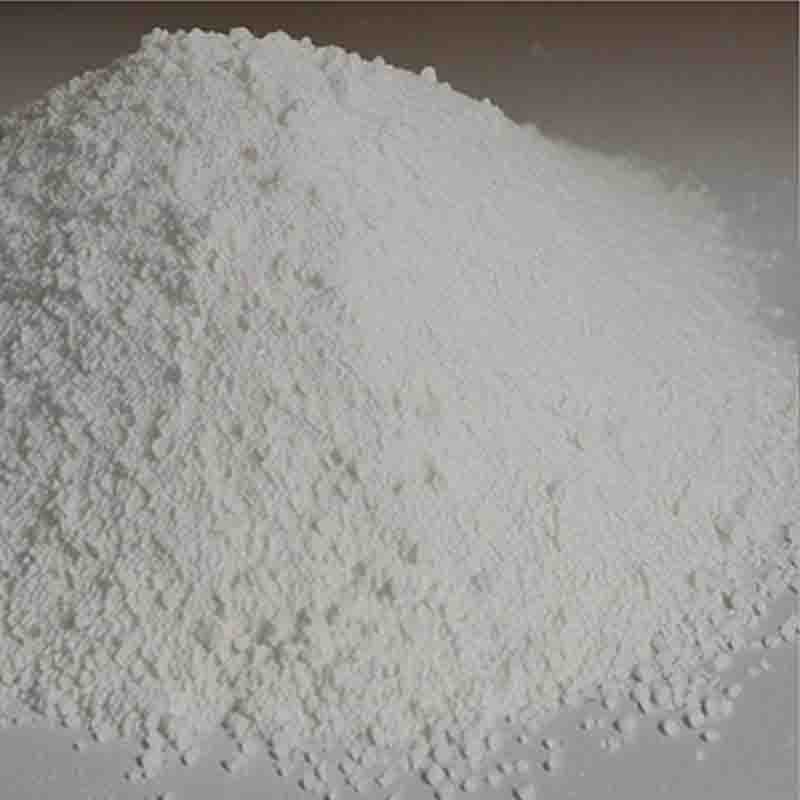2,6-Dichloropurine CAS:5451-40-1
| Catalog Number | XD95805 |
| Product Name | 2,6-Dichloropurine |
| CAS | 5451-40-1 |
| Molecular Formula | C5H2Cl2N4 |
| Molecular Weight | 189 |
| Storage Details | Ambient |
Product Specification
| Appearance | White powder |
| Assay | 99% min |
2,6-Dichloropurine is another chemical compound belonging to the purine family. It is a derivative of the naturally occurring purine base, adenine, in which two chlorine atoms replace hydrogen atoms at the 2 and 6 positions. This modification gives 2,6-Dichloropurine unique properties and effects.One effect of 2,6-Dichloropurine is its role as an intermediate or precursor in the synthesis of various pharmaceuticals and agrochemicals. It can be utilized in the production of drugs such as anti-cancer agents, antiviral drugs, and immunosuppressants. Additionally, 2,6-Dichloropurine is used as a starting material for the synthesis of certain agricultural chemicals, including herbicides and fungicides.Moreover, 2,6-Dichloropurine has been identified for its potential in the field of materials science. It can be incorporated into polymers to enhance their properties such as thermal stability, mechanical strength, and resistance to corrosion. This makes 2,6-Dichloropurine a valuable component in the production of high-performance materials, coatings, and adhesives.Furthermore, 2,6-Dichloropurine has been investigated for its application as an analytical reagent. Its unique chemical properties make it useful in analytical techniques such as chromatography, spectroscopy, and electrochemistry. It can be employed as a reference standard or in the preparation of calibration curves for analytical instrument calibration.In addition to these practical applications, research has also focused on understanding the biological effects of 2,6-Dichloropurine. Some studies have suggested that it may exhibit antitumor activity by inhibiting the growth of cancer cells. However, further research is needed to establish its specific mechanisms of action and evaluate its potential as a therapeutic agent.While 2,6-Dichloropurine has shown promise in various fields, it is important to note that it is a chemically modified compound and should be handled and used with care. Its potential effects on health and the environment should be considered, and appropriate safety measures should be taken during its production, handling, and disposal.In conclusion, 2,6-Dichloropurine is a versatile compound with diverse effects. It finds applications in pharmaceutical and agrochemical synthesis, as well as in materials science and analytical techniques. Its potential antitumor activity has also been explored, although further research is required. As with any chemical compound, it is important to be mindful of safety considerations when working with 2,6-Dichloropurine.


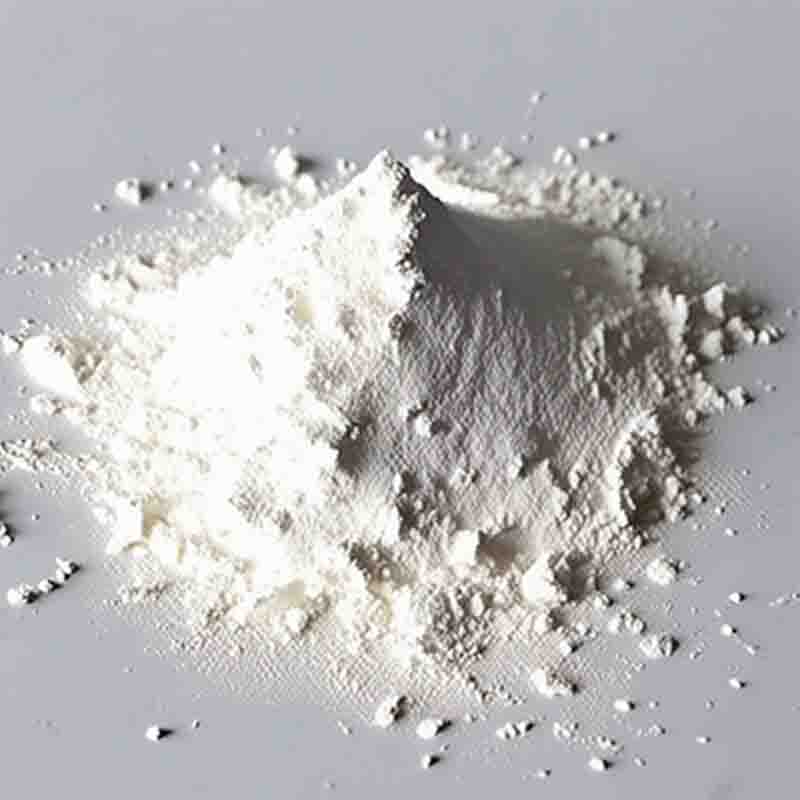

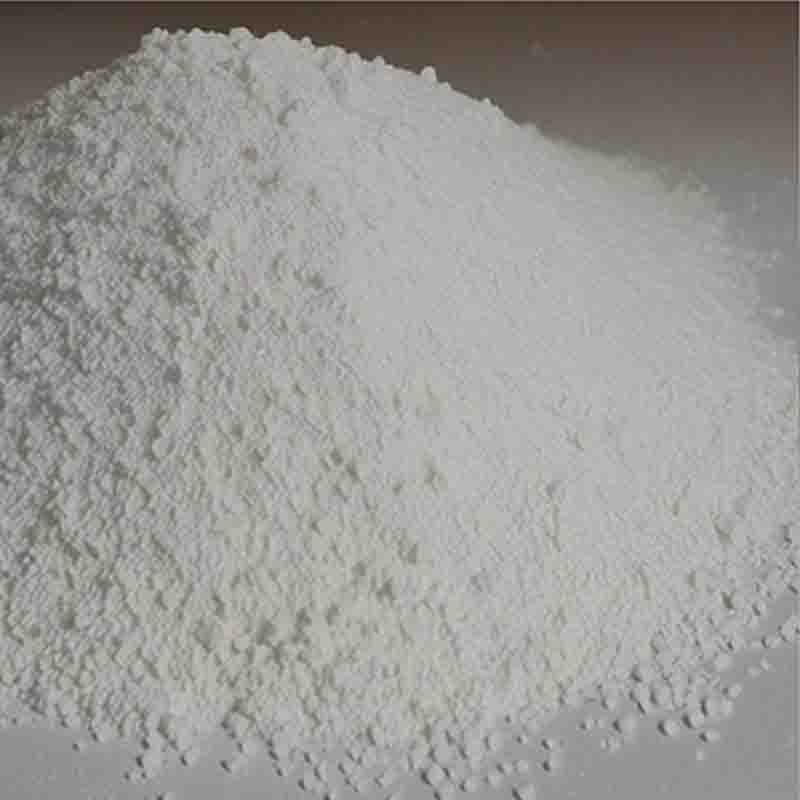

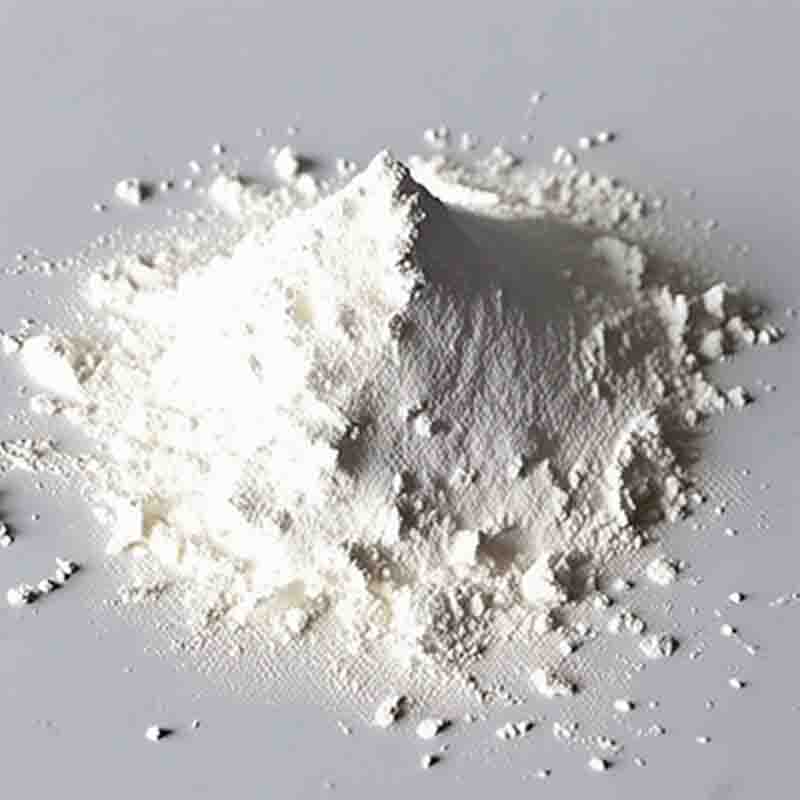
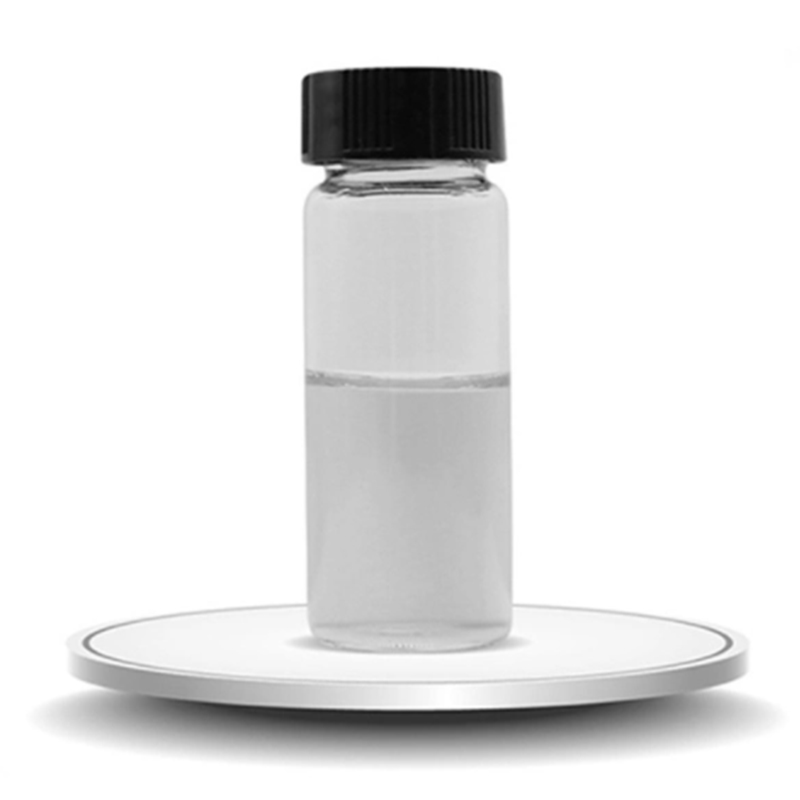
![2-Methylpyrazolo[1,5-a]pyriMidine-6-carboxylic acid CAS: 739364-95-5](https://cdn.globalso.com/xdbiochems/白色粉末1351.jpg)
